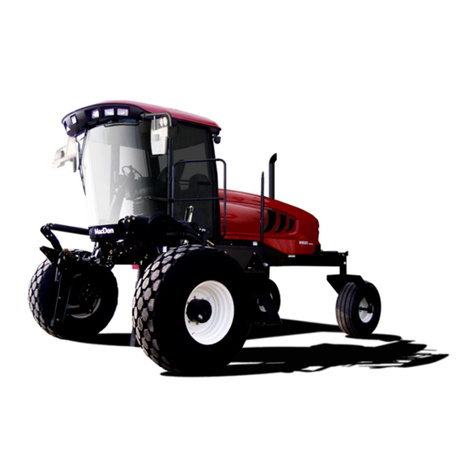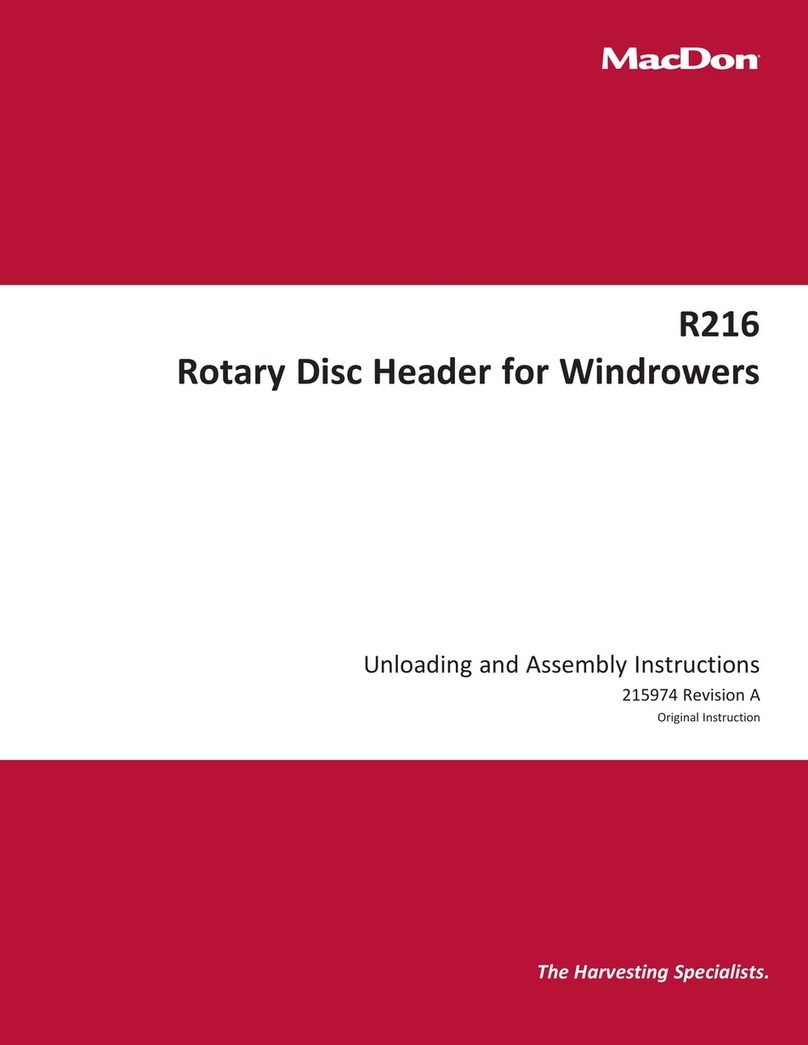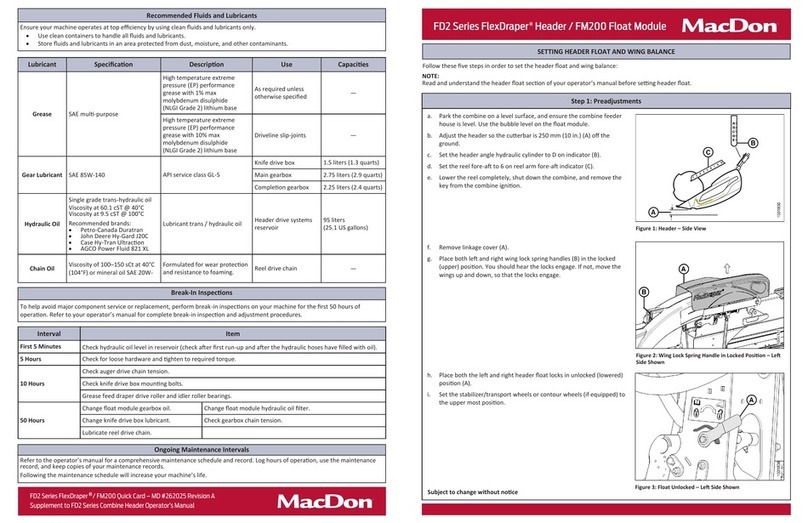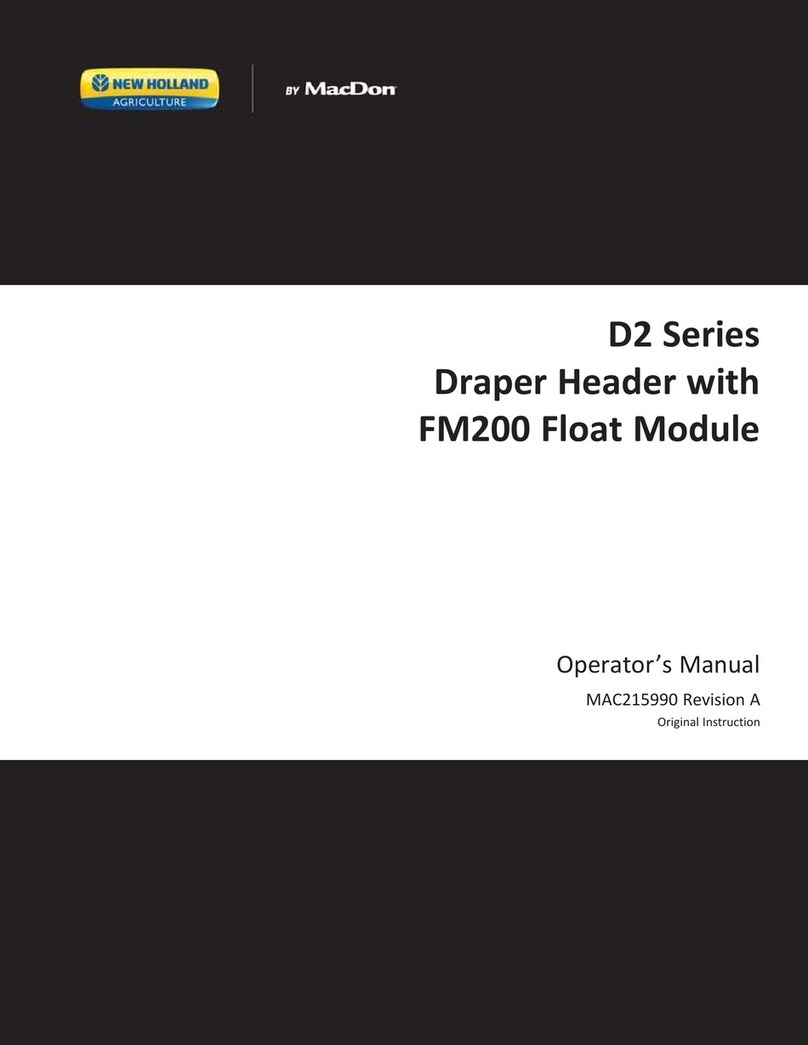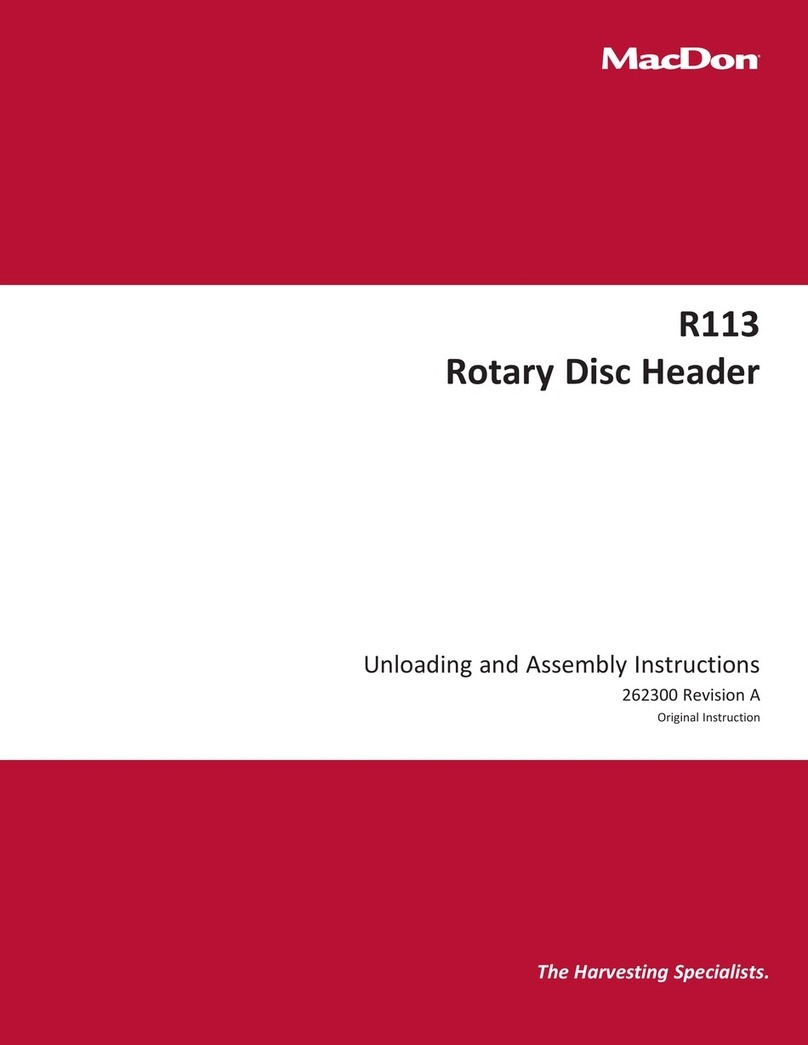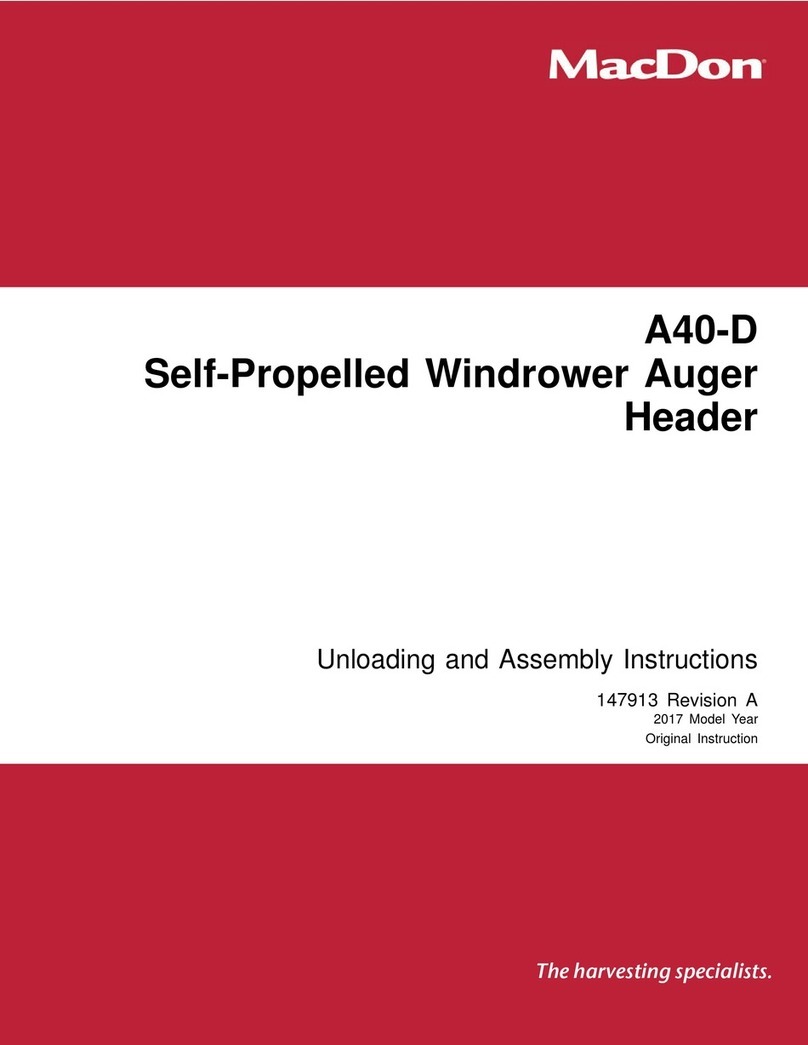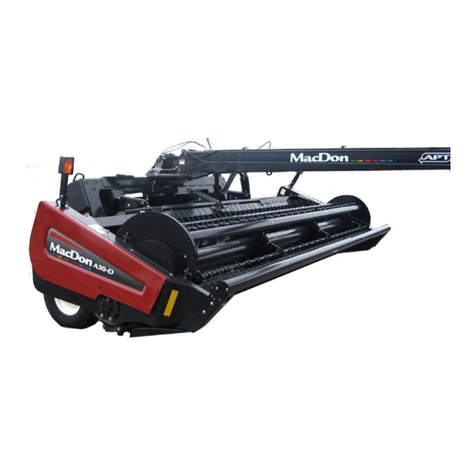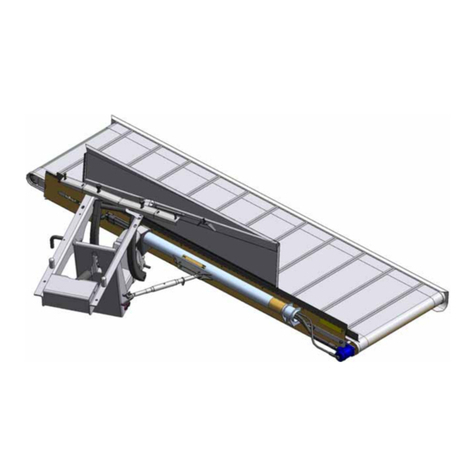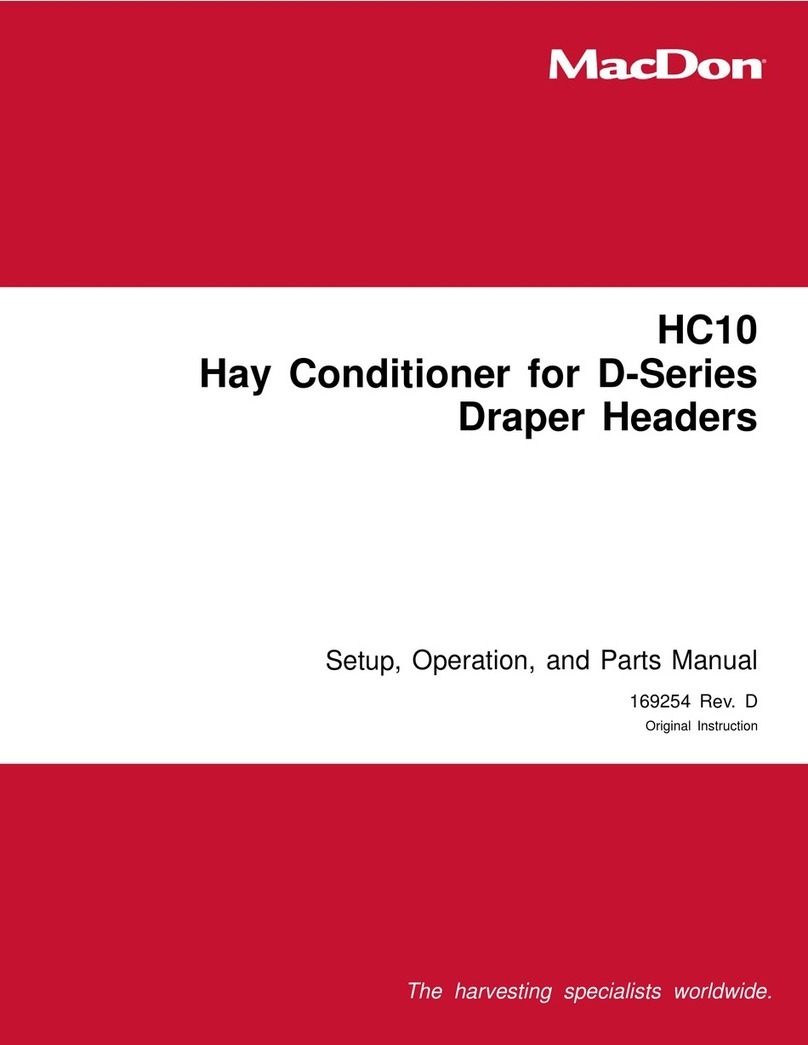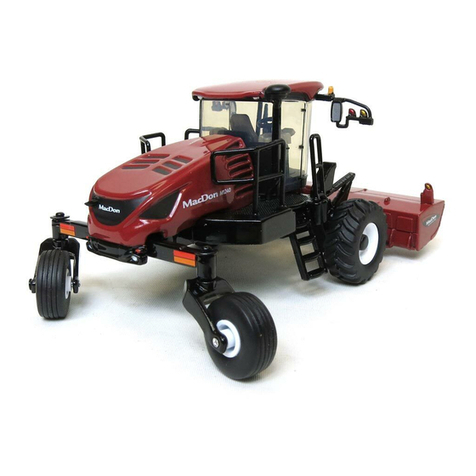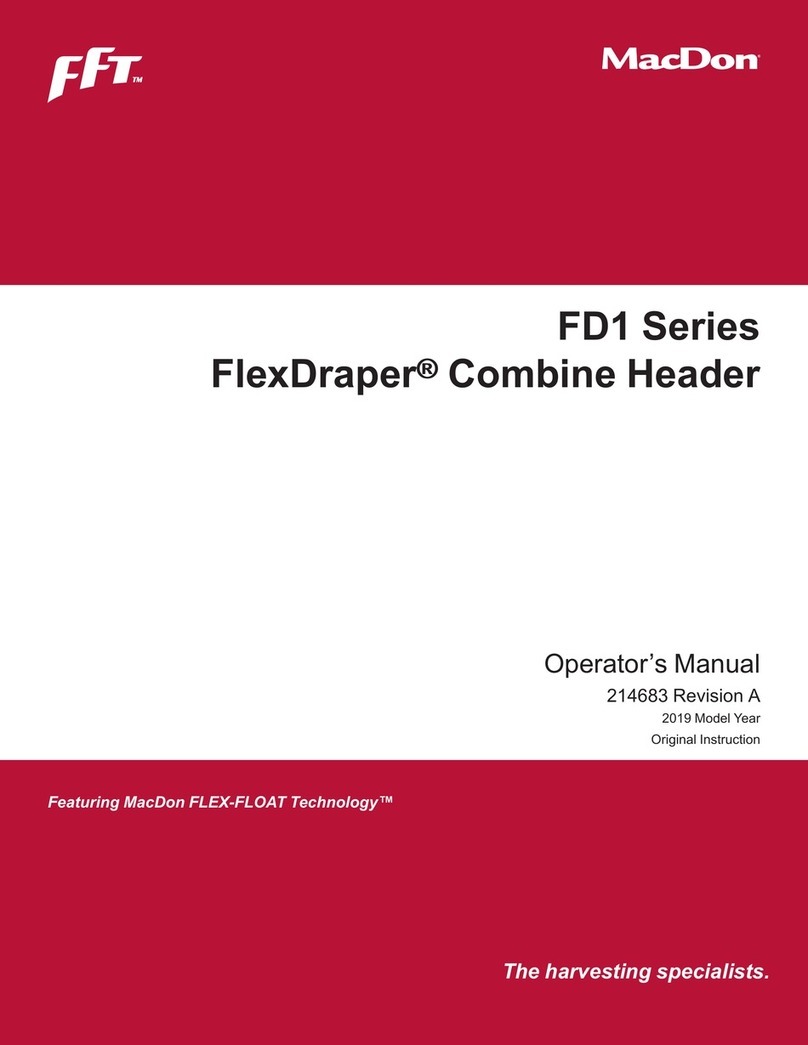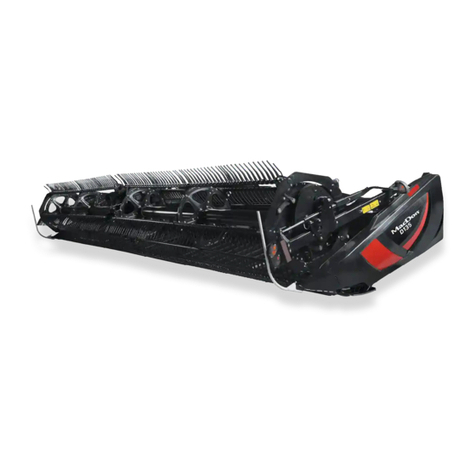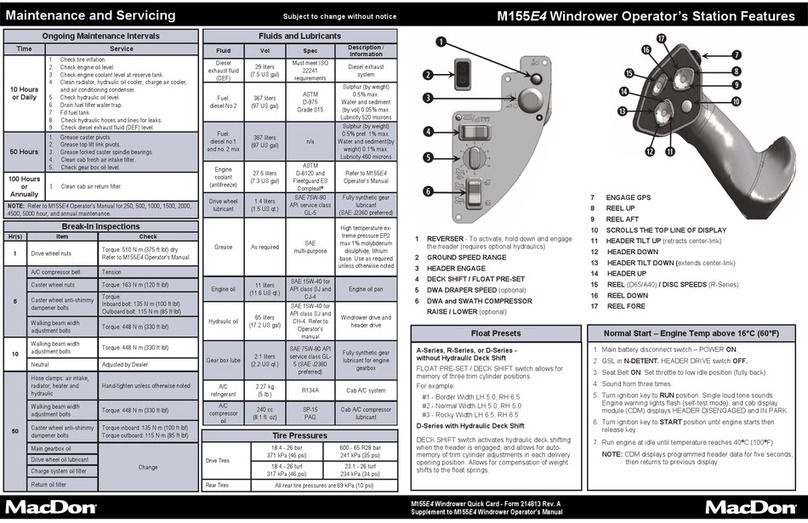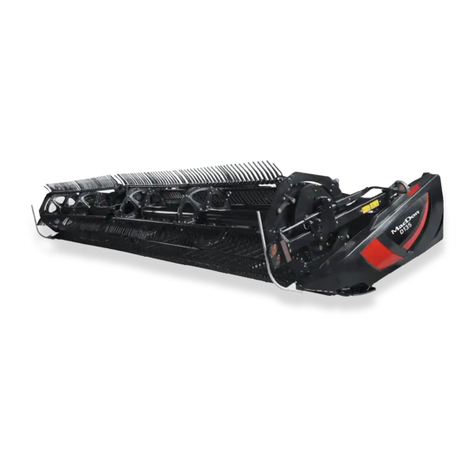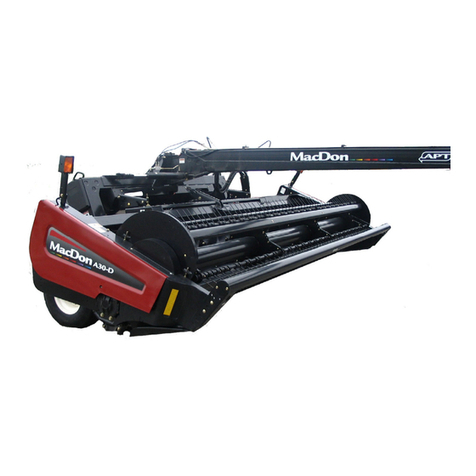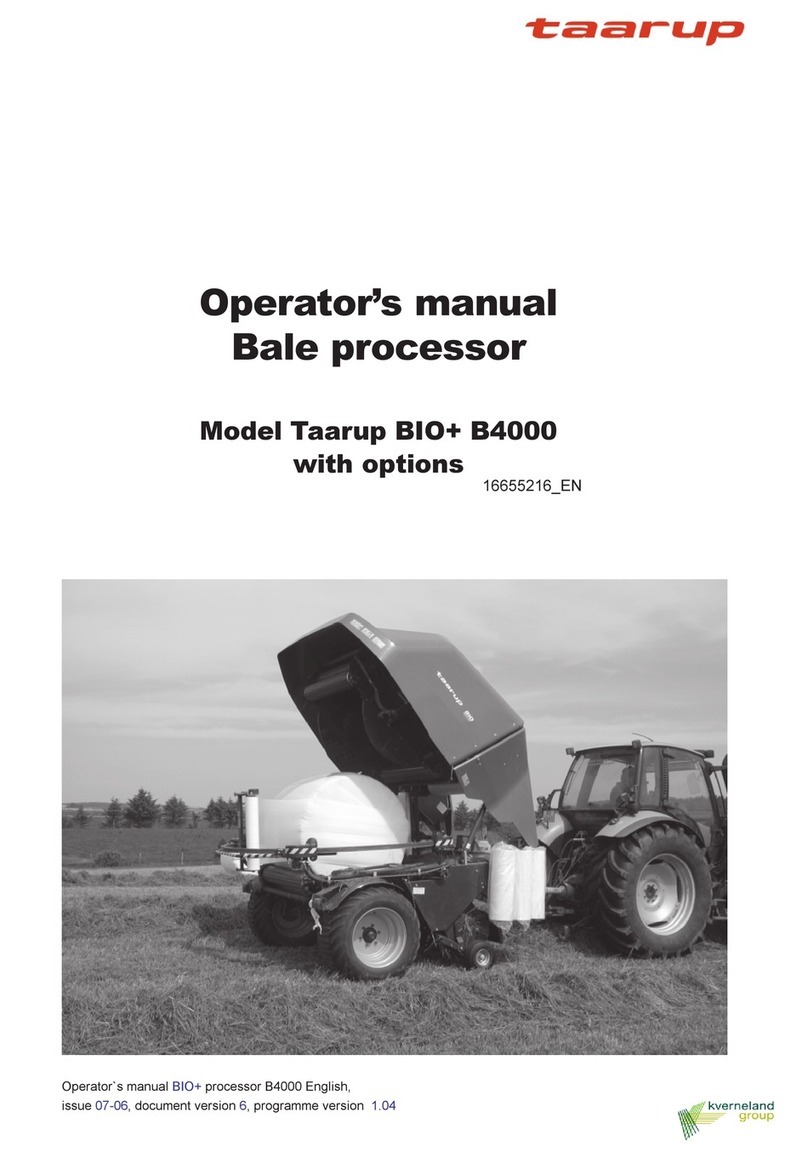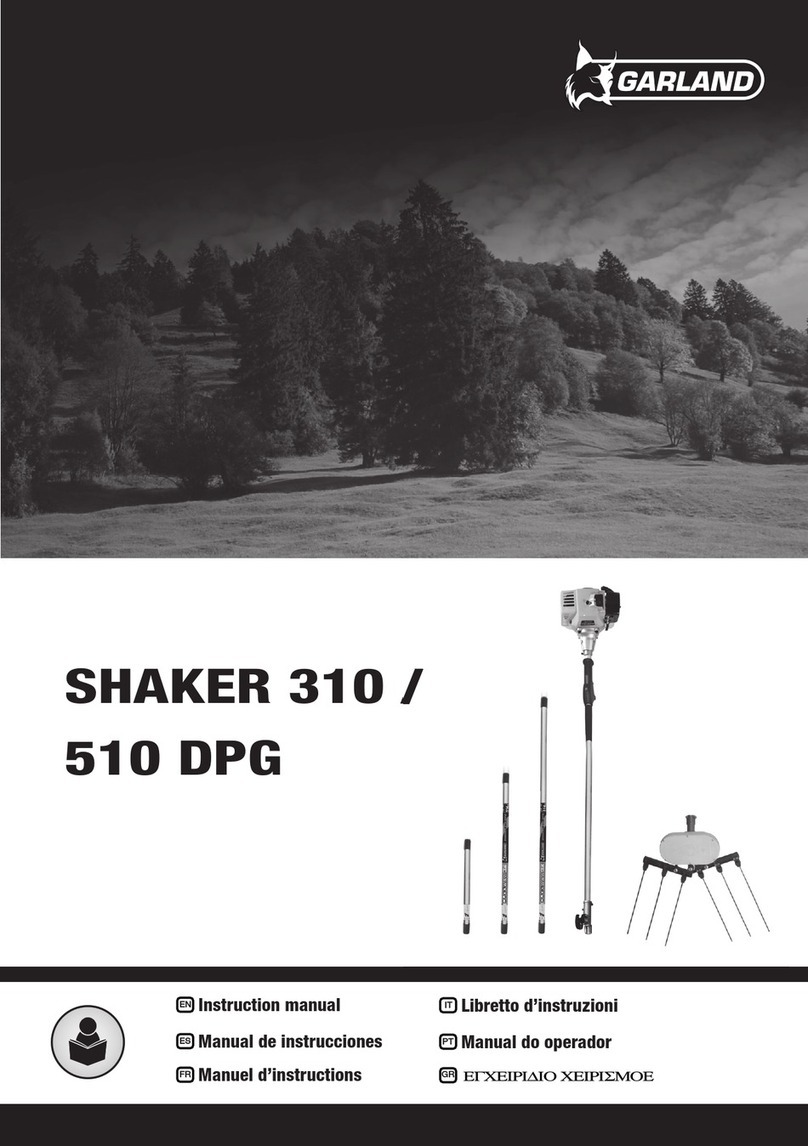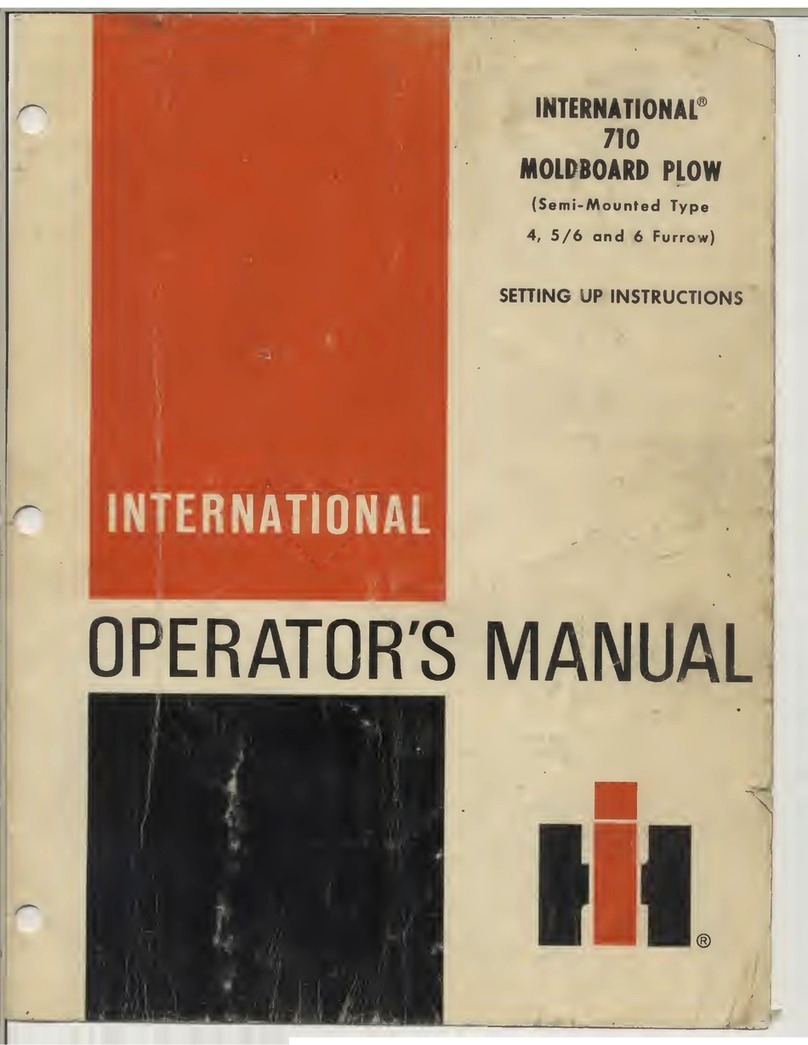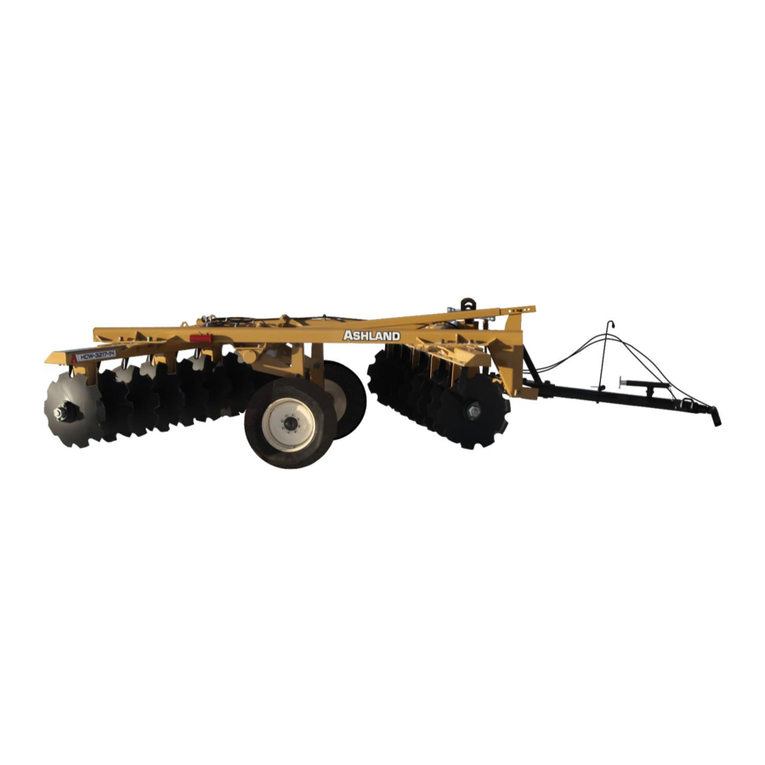
Form 169078 Revision C
TABLE OF CONTENTS
INTRODUCTION........................................................................................................................................................ 2
GENERAL SAFETY .................................................................................................................................................. 4
RECOMMENDED TORQUES ................................................................................................................................... 6
A. GENERAL..................................................................................................................................... 6
B. SAE BOLTS .................................................................................................................................. 6
C. METRIC BOLTS ........................................................................................................................... 6
D. HYDRAULIC FITTINGS................................................................................................................ 7
ENGLISH/METRIC EQUIVALENTS.......................................................................................................................... 8
DEFINITIONS ............................................................................................................................................................ 8
STEP 1. UNLOAD HEADER............................................................................................................................. 9
STEP 2. REMOVE UNDERSIDE SHIPPING STAND..................................................................................... 10
STEP 3. INSTALL ADDITIONAL SKID SHOES............................................................................................. 10
STEP 4. INSTALL GAUGE ROLLERS........................................................................................................... 11
STEP 5. LOWER HEADER............................................................................................................................. 12
STEP 6. REMOVE SHIPPING STANDS......................................................................................................... 13
STEP 7. INSTALL TALL CROP DIVIDER ...................................................................................................... 14
STEP 8. ADJUST LEAN BAR ........................................................................................................................ 15
STEP 9. ADJUST PAN EXTENSIONS - GRASS SEED SPECIAL ............................................................... 15
STEP 10. ADJUST LIGHTS.............................................................................................................................. 15
STEP 11. ASSEMBLE FORMING SHIELD ...................................................................................................... 16
STEP 12. INSTALL FORMING SHIELD........................................................................................................... 17
STEP 13. ATTACH HEADER TO WINDROWER............................................................................................. 18
STEP 14. MODIFY HYDRAULICS.................................................................................................................... 21
A. A30-S AND A30-D ...................................................................................................................... 21
B. A40-D.......................................................................................................................................... 21
I. M100 ...................................................................................................................................... 21
II. M150 ...................................................................................................................................... 23
III. M200 ...................................................................................................................................... 24
IV. M205 ...................................................................................................................................... 26
STEP 15. CONFIGURE REVERSER VALVE JUMPER HOSE ....................................................................... 27
STEP 16. ATTACH HYDRAULICS ................................................................................................................... 29
A. A30-S, A30-D.............................................................................................................................. 29
I. M100, M150, M200, M205 ..................................................................................................... 29
B. A40-D.......................................................................................................................................... 31
I. M100 ...................................................................................................................................... 33
II. M150 ...................................................................................................................................... 33
III. M200 ...................................................................................................................................... 33
IV. M205 ...................................................................................................................................... 33
STEP 17. CONFIGURE HOSE ROUTING........................................................................................................ 34
STEP 18. REPOSITION WOBBLE BOX BREATHER ..................................................................................... 34
STEP 19. LUBRICATE THE HEADER ............................................................................................................. 35
STEP 20. PERFORM PRE-DELIVERY CHECKS ............................................................................................ 44
A. DRIVE BELTS AND DRIVE CHAINS ......................................................................................... 44
I. A30-S SINGLE KNIFE ........................................................................................................... 44
II. A30-D DOUBLE KNIFE ......................................................................................................... 44
III. A40-D DOUBLE KNIFE ......................................................................................................... 45
B. AUGER STRIPPER BAR CLEARANCE .................................................................................... 46
C. REEL TINE TO HEADER PAN CLEARANCE............................................................................ 46
D. HEADER FLOTATION................................................................................................................ 47
E. HEADER LEVELLING ................................................................................................................ 48
F. CONDITIONER ROLLS.............................................................................................................. 49
G. SKID SHOES/GAUGE ROLLERS .............................................................................................. 50
H. LIGHTS ....................................................................................................................................... 50
I. RUN-UP THE HEADER.............................................................................................................. 51
J. KNIFE ......................................................................................................................................... 52
K. MANUALS................................................................................................................................... 52
